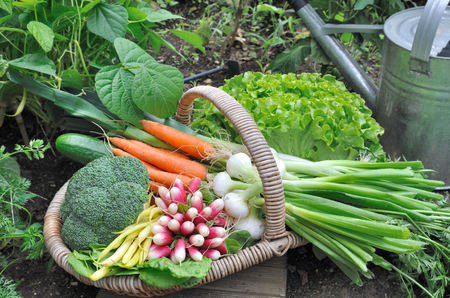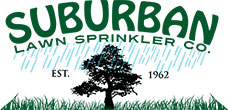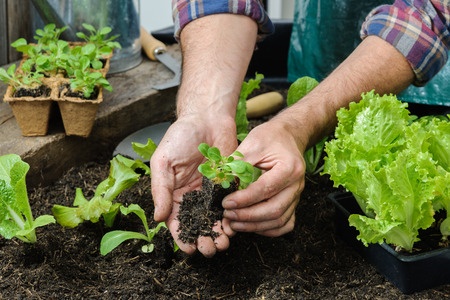
Biting into a juicy, sweet tomato in the middle of summer, a waft of fragrant basil leaves, the sound of splitting a snap pea in half; there’s nothing like enjoying fresh food grown in your own garden.
Growing a vegetable garden or an edible garden (one that includes herbs and alliums) is a simple way to save a little money, capitalize on what the season offers, and soak up some vitamin D.
In addition to these components of a healthy lifestyle, freshly-grown produce typically boasts a higher nutritional value than the produce you snag in the supermarket. Plus, studies have shown that contact with dirt can trigger your brain to release serotonin (the happy hormone!).
Let’s start planning your vegetable garden!
Where should I plant my vegetable garden?
- The types of vegetables you choose to plant dictate where you should plant your vegetable garden.
Some vegetables need continuous direct sunlight to grow strong and produce numerous yields, while other vegetables desire shade. Find space in your front or backyard that offers the right amount of sunlight you need.
- Make tending your garden more convenient by planting near a water source or set up a handy water station nearby.
Consider adding a sprinkler system to your garden for easy watering. You can even set up a watering schedule with a sprinkler timer so that your vegetable garden is getting the right amounts at the right time!
- Protect your garden with a small fence or chicken wire around the perimeter.
You’ll want to prevent pests from breaking into your garden so protective defenses are vital!
- Allow plenty of space for your plants to grow tall or wide, depending on individual needs.
It should be easy to locate a patch of your property to start your garden on, but it’s essential to the success of your plants that you leave them enough space to grow. Try using raised planting beds for effective soil drainage and air circulation.
What should I plant in my vegetable garden?
Deciding what to plant in your vegetable garden depends on a few factors. What do you and your family like to eat, and how much? First, think of the vegetables you enjoy cooking with and some favorites for your family!
Novice gardeners will need time to figure out how much to plant each year. Over time, you will discover the perfect amount of vegetables to plant in your garden to serve all of your cooking and nutritional needs.
Anyone who has even the tiniest plot of land to work with can still discover the joy of growing food.
Easy vegetables to grow:
Tomatoes
You will need to stake, trellis or cage to start in order to keep most varieties of tomato off the ground. Once they begin to grow however, they take off with very little maintenance. They will continue producing vegetables throughout the season, too!
Chives
Chives thrive in moist soil and moderate temperatures. Once these seedlings mature into tall aromatic stalks, they propagate abundantly, so be prepared to harvest them frequently.
Radishes
Plant seeds directly into the soil and be astonished by how quick you can find yourself harvesting bright red radishes, as soon as three weeks for some varieties.
Onion
Keep onion bulbs 4-5 inches from each other in well-drained soil and let them do their thing. Be warned though, most onions take around 4 months to mature.
 Lettuce
Lettuce
Plant seeds around ½ inch deep into well-drained but adequately moist soil. Lettuce prefers soil temperatures lower than 80 degrees. To maximize production, plant lettuce seeds in raised beds.
Peas
A low-maintenance crop that prefers cooler temperatures, peas are a great vegetable to grow during the fall or early spring.
Basil
Basil thrives in warmer spots and must be trimmed to prevent it from flowering. As long as you trim it regularly, chances are you’ll have more basil than you know what to do with.
Zucchini
A single plant can grow a generous amount of Zucchini as long as you make sure that the plant receives at least two inches of water per week.
Green beans
Seeds can be sown in early spring in a spot exposed to direct sun. Plant them with a trellis or poles and expect to harvest in 50-60 days.
Peppers
Peppers grow best in the summer, and similarly to tomatoes, thrive when supported with a stake, a trellis or cage.
This list should give you a good head start, but we recommend you do some additional research and extract some veteran tips from your neighbors if you want to make the most out of the incredibly rewarding hobby.
With healthy soil, plenty of sunlight, and lots of water, your vegetable garden will soon thrive with delicious vegetables. Keep your garden well-watered and maintained throughout the year with our team of experts at Suburban Lawn Sprinkler Co.
Give us a call at 508-872-2727 to learn more about our efficient irrigation systems that will have your vegetable garden thriving in no time!

 Lettuce
Lettuce 






